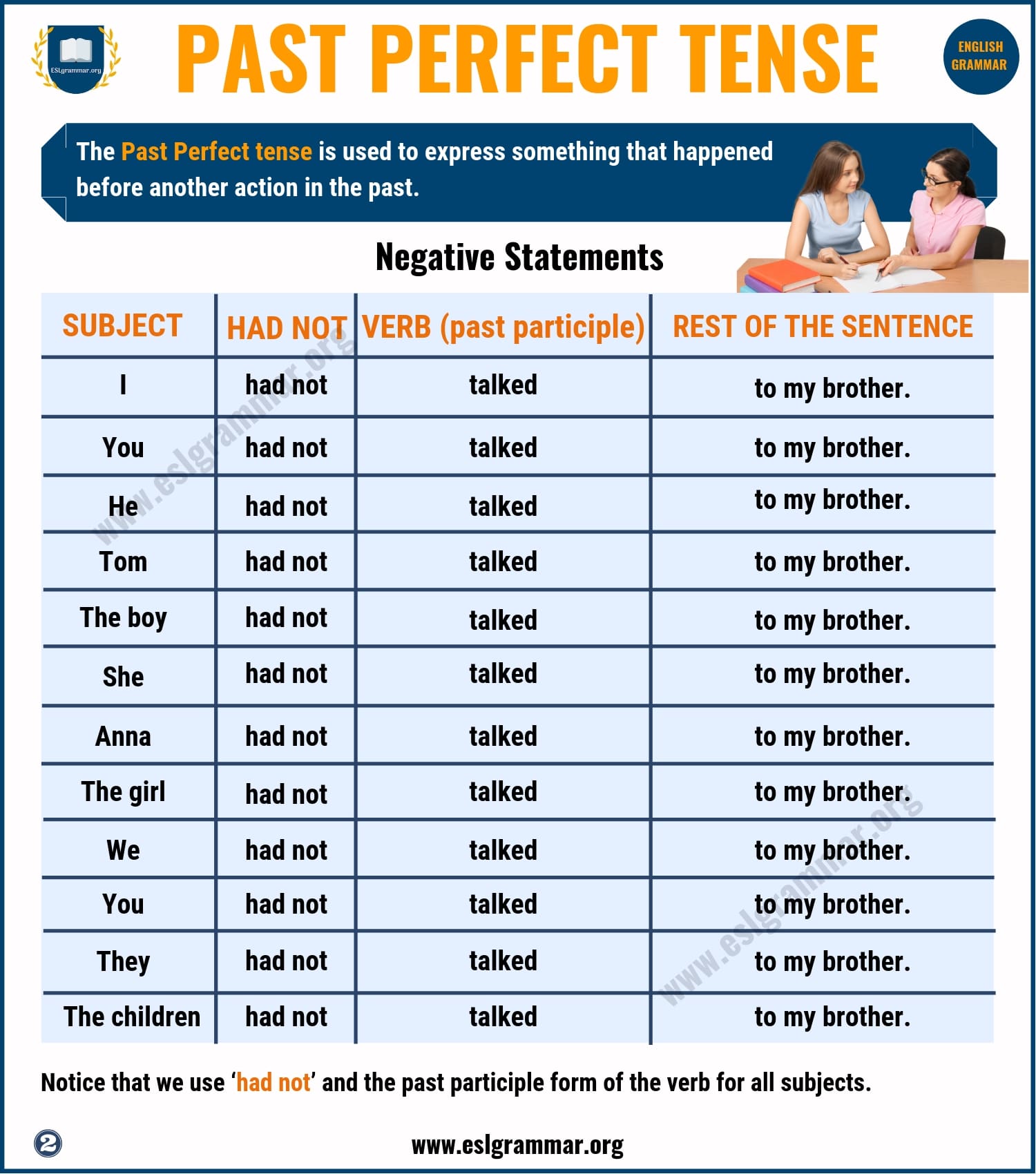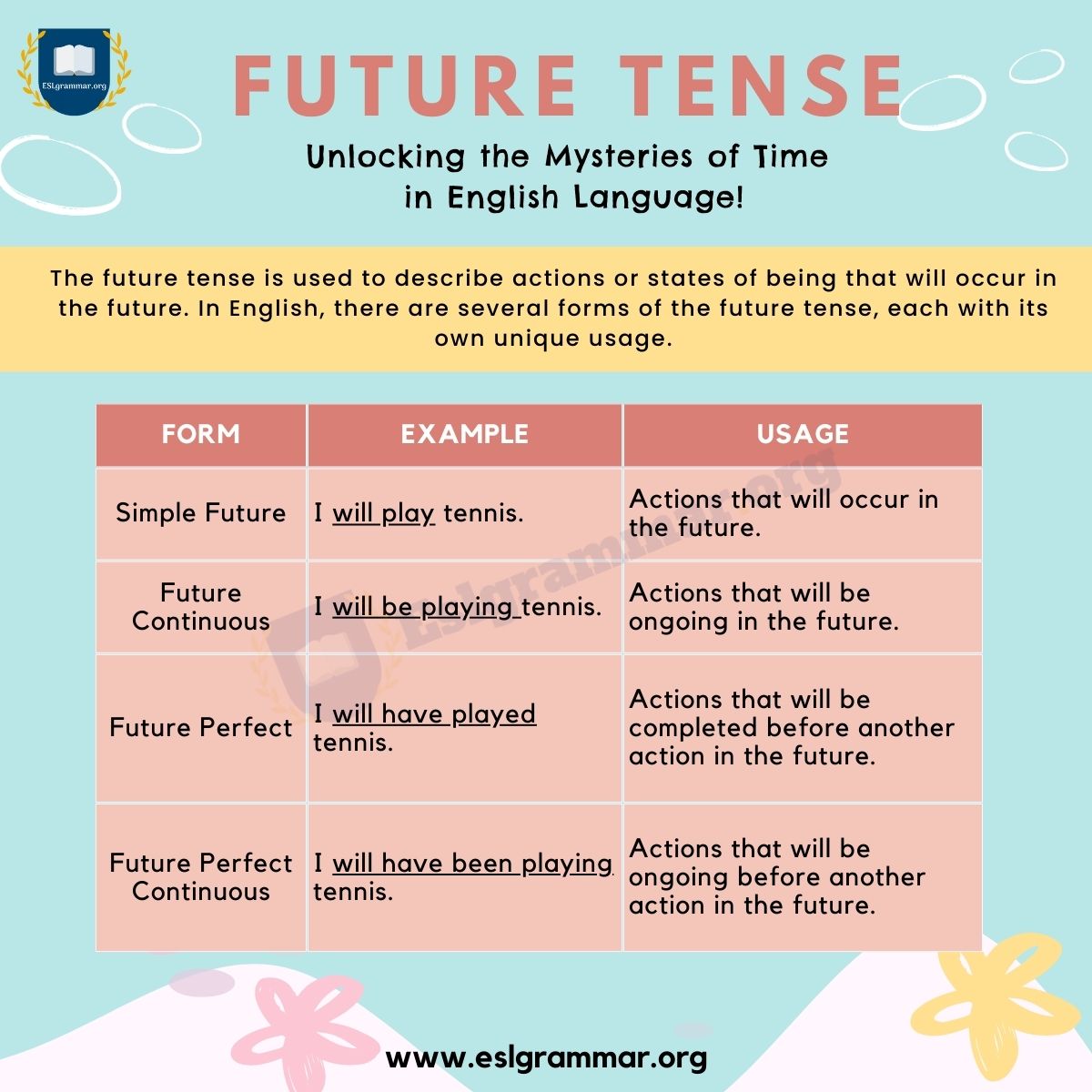Present tense is one of the two main tenses in English, the other being past tense. It is used to describe actions or states of being that are happening currently or regularly, as well as to talk about future events. There are several present tense forms, including simple present, present continuous, and present perfect.
Understanding the present tense is important for effective communication in English. It allows writers and speakers to accurately describe current situations, as well as to make predictions about future events. Proper use of present tense can also help to create a clear and concise writing style, making it an essential aspect of English grammar.
Present Tense – Picture
Contents
What is Present Tense?
Present tense is a grammatical tense that describes an action happening right now or an action that is always true. It is used to talk about the present and the future. In English, there are four present tense forms: simple present, present continuous, present perfect, and present perfect continuous.
Present tense is used to describe actions that are happening at the moment of speaking. For example, “She is eating breakfast” is an example of present continuous tense, indicating that the action is happening right now.
Present tense is also used to describe actions that are always true, such as “The sun rises in the east.” In this example, the simple present tense is used to describe the fact that the sun always rises in the east.
Types of Present Tense
Present tense is used to describe actions that are currently happening or that happen regularly. There are four types of present tense: Simple Present Tense, Present Continuous Tense, Present Perfect Tense, and Present Perfect Continuous Tense.
Simple Present Tense
Simple present tense is used to describe actions that are generally true or that happen on a regular basis. It is formed by using the base form of the verb. For example, “She walks to work every day” or “He eats cereal for breakfast.”
Present Continuous Tense
Present continuous tense is used to describe actions that are happening right now or that are in progress. It is formed by using the present tense of “to be” and adding the present participle (-ing) form of the verb. For example, “She is walking to work right now” or “He is eating cereal for breakfast.”
Present Perfect Tense
Present perfect tense is used to describe actions that happened in the past but have a connection to the present. It is formed by using the present tense of “to have” and adding the past participle form of the verb. For example, “She has walked to work every day this week” or “He has eaten cereal for breakfast every day this week.”
Present Perfect Continuous Tense
Present perfect continuous tense is used to describe actions that started in the past and are still happening now. It is formed by using the present perfect tense of “to be” and adding the present participle (-ing) form of the verb. For example, “She has been walking to work every day this week” or “He has been eating cereal for breakfast every day this week.”
Overall, understanding the different types of present tense can help writers create more accurate and effective sentences.
Structure of the Present Tense
The present tense is one of the most commonly used tenses in English grammar. It is used to describe actions that are happening now, habits, ongoing actions, future activities, opinions, beliefs, news, books, and future events. Understanding the structure of the present tense is crucial to using it correctly.
The following table provides an overview of the structure of the present tense in English grammar:
| Sentence Structure | Positive | Negative | Interrogative |
|---|---|---|---|
| Simple Present | I play | I do not play | Do I play? |
| Present Continuous | I am playing | I am not playing | Am I playing? |
| Present Perfect | I have played | I have not played | Have I played? |
| Present Perfect Continuous | I have been playing | I have not been playing | Have I been playing? |
The positive form of the present tense is used to express an action that is happening now or a habitual action. The negative form is used to express the opposite of the positive form, and the interrogative form is used to ask questions.
The present continuous tense is used to describe an ongoing action that is happening at the moment of speaking. The present perfect tense is used to describe an action that started in the past and continues up to the present moment. The present perfect continuous tense is used to describe an action that started in the past and continues up to the present moment, with a focus on the duration of the action.
Frequently Asked Questions on Present Tense
Present tense is a crucial aspect of English grammar, and it is essential to have a clear understanding of it to communicate effectively in English. Here are some frequently asked questions on the present tense:
What is the present tense?
The present tense is a verb tense that denotes the current state of being or the current activity of the subject in the given context. It is used to describe events that are happening now, habitual actions, and general truths.
What are the different forms of the present tense?
There are four present tense forms in English, which are:
- Present Simple
- Present Continuous
- Present Perfect
- Present Perfect Continuous
When should I use the present tense?
The present tense is used in several situations, including:
- To describe actions or events that are happening now
- To describe habitual actions or routines
- To describe general truths or facts
- To discuss future events that are scheduled or planned








